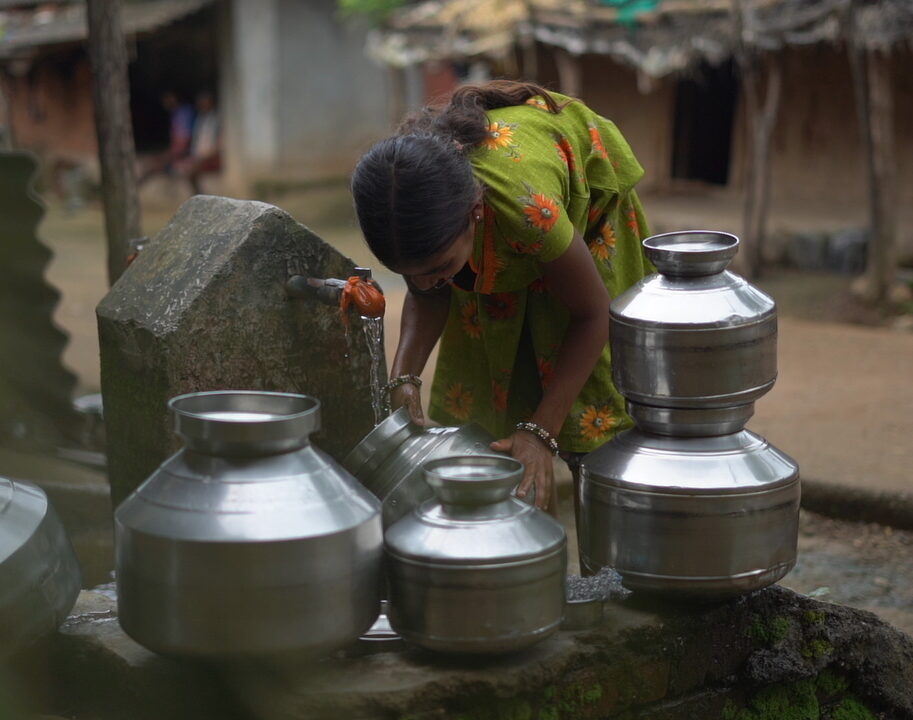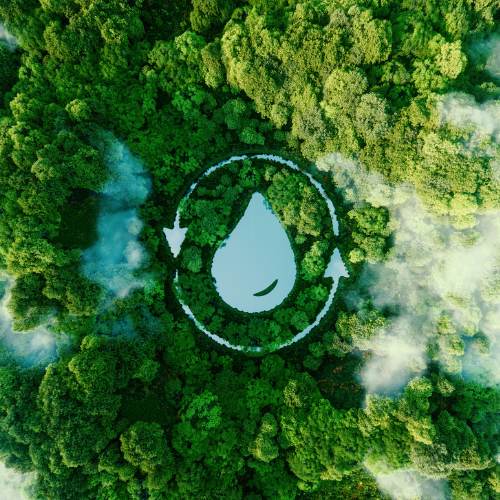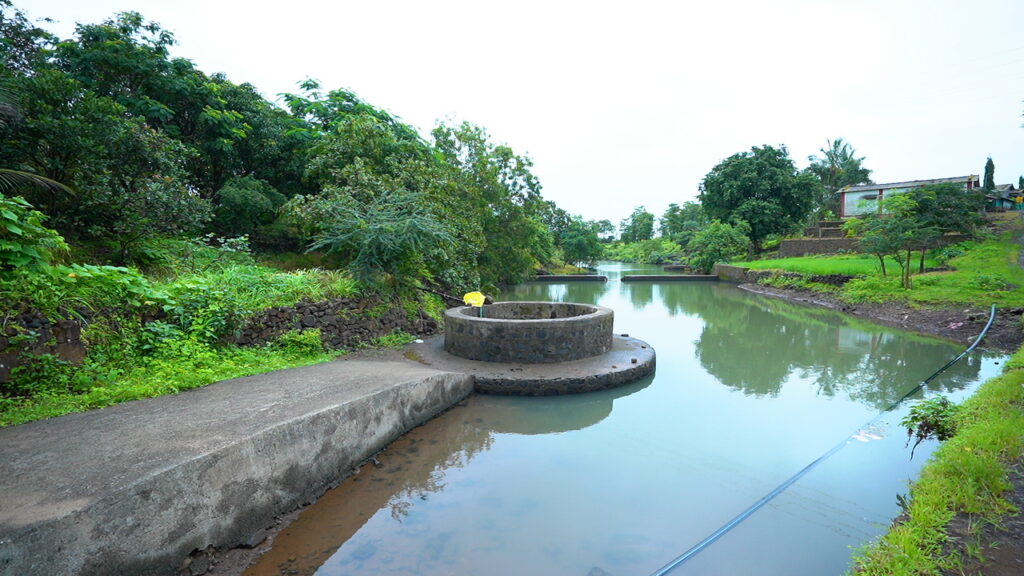India’s water crisis is a daily struggle for millions. With 16% of the population lacking safe drinking water and 60% without proper sanitation, the situation is critical. In Maharashtra, unpredictable rainfall and overexploited groundwater leave communities on the edge. Farmers, who make up nearly half of the state’s workforce, are especially vulnerable. By 2030, groundwater supplies are expected to fall 50% short of demand, worsening water scarcity. This crisis isn’t just about numbers—it’s about families, farmers, and children facing a future where water becomes increasingly inaccessible and violence seems inevitable.


Our approach begins with deep engagement—listening to the communities we serve. We work together to understand their unique needs, tapping into local expertise while integrating proven water conservation techniques. By co-creating solutions, we ensure that each intervention is both sustainable and embraced by the people it serves.
The model focuses on three pillars: water conservation, groundwater recharge, and sustainable use. We implement rainwater harvesting systems, build structures like check dams, and equip communities with the tools and training they need to manage these systems. The goal is long-term water security, driven by local ownership and accountability.
The Water Security Model is built on three guiding principles:

